Technique Series: Functional Lines By Tom Myers
$39,00 $15,00
Review of the Technique Series: Functional Lines by Tom Myers – Immediate Download!
Let’s embark on a captivating adventure to uncover remarkable insights that spark your curiosity and elevate your understanding

Technique Series: Functional Lines By Tom Myers
Overview
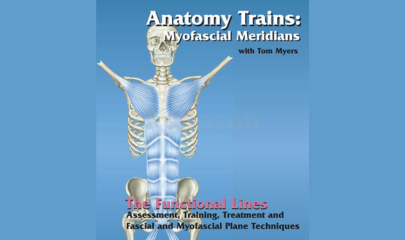
Review of the Technique Series: Functional Lines by Tom Myers
In the world of manual therapy and movement practices, education is paramount. Understanding the intricate connections within the human body can significantly enhance the effectiveness of therapeutic techniques. One resource that has garnered attention for its detailed approach is the “Technique Series: Functional Lines” by Tom Myers. This series presents an integrated perspective on manual and movement techniques focusing on functional lines as outlined in his acclaimed Anatomy Trains book. It addresses the crucial lines linking the contralateral shoulder and hip, making it particularly relevant for sports-related applications. With eight comprehensive videos designed for a small-class environment, this series invites practitioners to deepen their knowledge through active engagement and feedback.
Overview of the Course Structure
The “Functional Lines” series comprises eight videos, each crafted to visually represent concepts from chapters 3 through 9 of Anatomy Trains. These chapters shed light on the interwoven patterns of the fascial system and their implications for movement and stability. Within this framework, participants are not just passive recipients of information; they are encouraged to interact, ask questions, and share experiences with peers, creating a vibrant learning environment.
Key Learning Points
- Integrated Approach: The program emphasizes the interconnectedness of the body’s structure, highlighting how one body part affects another. This understanding is crucial for therapists working on musculoskeletal issues.
- Functional Lines Explained: By delving into the functional lines that connect the shoulder to the hip, practitioners can better comprehend movement patterns and their biomechanical efficiency. This approach allows for targeted interventions in rehabilitation or performance enhancement.
- Enhanced Mobility: One of the primary goals of this series is to improve shoulder girdle balance and overall mobility. By addressing the functional lines, therapists can help clients regain optimal functionality and overcome limitations caused by tension or imbalance.
Course Benefits
Participants not only receive clear, practical instructions but also the opportunity to earn continuing education credits (CE). The course is designed to elevate the practitioner’s understanding of some of the most effective fascial and myofascial release techniques utilized in the field today. The series includes quizzes to test knowledge comprehension, ensuring that participants effectively retain the information presented in each session.
Participant Feedback
Individuals who have engaged with this series frequently note the clarity of instruction and the practical applications offered throughout the program. Many highlight its utility for both physical therapists and bodywork practitioners who wish to deepen their expertise in fascia and movement therapy. The combination of visual representation and interactive learning makes complex concepts accessible to professionals at various levels of experience.
Practical Applications and Case Studies
The practical applications of the functional lines theory are vast and diverse, as evidenced by various case studies and participant experiences. Many practitioners report significant improvements in their patients’ recovery times and movement efficiency when employing the techniques learned from the series. Here are a few key insights gathered from various case studies:
- Sports Rehabilitation: Athletes recovering from injuries often face specific challenges relating to movement and flexibility. Utilizing the functional lines approach, practitioners have observed enhanced rotational movements and reduced recovery duration post-injury.
- Chronic Pain Management: For patients with chronic pain issues, applying the principles taught in the series can lead to a profound reduction in discomfort. This is largely due to an understanding of how fascial restrictions contribute to pain patterns and functional limitations.
- Movement Efficiency: In a wellness context, individuals seeking to improve their overall physical performance, whether for athletic pursuits or daily life, have benefitted from insights on optimizing movement patterns derived from the techniques in this series.
Summary of Practical Applications
| Application Area | Key Findings |
| **Sports Rehabilitation** | Enhanced recovery and mobility post-injury |
| **Chronic Pain Management** | Significant pain reduction through targeted techniques |
| **Movement Efficiency** | Improved overall physical performance in daily activities |
The Emotional Impact of Learning
Engaging with “Functional Lines” is not merely an academic exercise; it can be a transformative journey for participants. Much like a sculptor chiseling away at a block of marble, each session allows practitioners to refine their skills and enhance their intuition regarding the human body. The emotional resonance of understanding and applying these techniques is profound, as therapists witness their clients regain movement and confidence.
Consider the metaphor of threads woven into a tapestry. Each functional line in the human body is akin to a thread, contributing to the overall design of our physical being. As therapists unravel these threads through the series, they help clients find balance and harmony in their movements, akin to balancing the colors and patterns in a beautiful tapestry.
Conclusion
In conclusion, Tom Myers’ “Technique Series: Functional Lines” stands out as an invaluable resource for practitioners in the field of manual and movement therapy. The unique integration of theoretical knowledge with practical application, combined with the opportunity for continuing education, makes this series a compelling choice for those seeking to deepen their understanding of the fascial system and its implications for movement. The overwhelmingly positive feedback from participants attests to the clarity and relevance of the content presented. For anyone serious about enhancing their therapeutic skills and improving client outcomes, engaging with this series is not just an educational decision, but a commitment to elevating one’s practice in the dynamic world of manual therapy.
Whether you are a seasoned professional or just beginning your journey in bodywork therapy, exploring the functional lines through this series could very well be the next steppingstone toward unlocking the full potential of your therapeutic practice.
Frequently Asked Questions:
Innovation in Business Models: We use a group purchase approach that enables users to split expenses and get discounted access to well-liked courses. Despite worries regarding distribution strategies from content creators, this strategy helps people with low incomes.
Legal Aspects to Take into Account: Our operations’ legality entails several intricate considerations. There are no explicit resale restrictions mentioned at the time of purchase, even though we do not have the course developers’ express consent to redistribute their content. This uncertainty gives us the chance to offer reasonably priced instructional materials.
Quality Control: We make certain that every course resource we buy is the exact same as what the authors themselves provide. It’s crucial to realize, nevertheless, that we are not authorized suppliers. Therefore, the following are not included in our offerings: – Live coaching sessions or calls with the course author.
– Entry to groups or portals that are only available to authors.
– Participation in closed forums.
– Straightforward email assistance from the writer or their group.
Our goal is to lower the barrier to education by providing these courses on our own, without the official channels’ premium services. We value your comprehension of our distinct methodology.
Be the first to review “Technique Series: Functional Lines By Tom Myers” Cancel reply
You must be logged in to post a review.

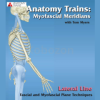
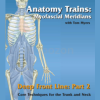
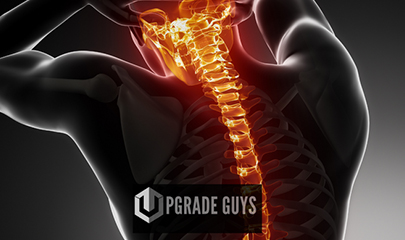

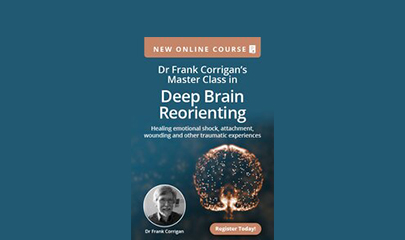

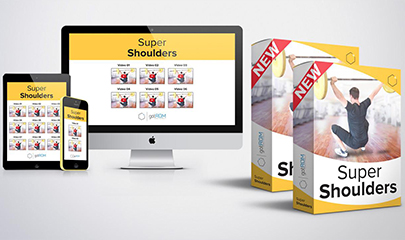


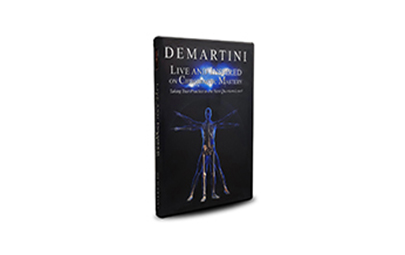
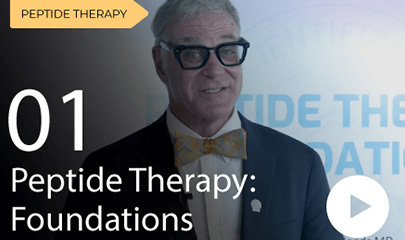
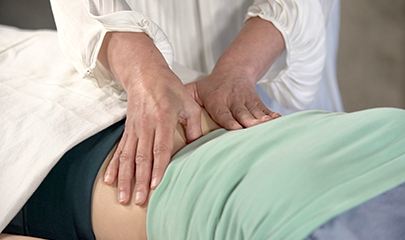

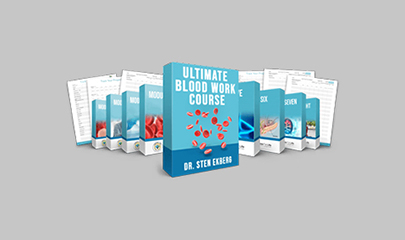
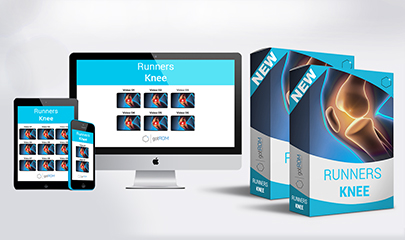
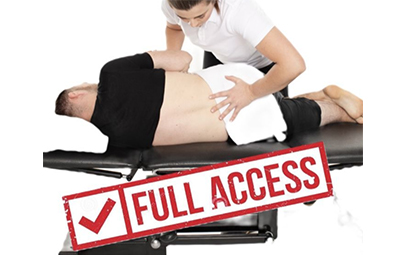

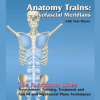
Reviews
There are no reviews yet.